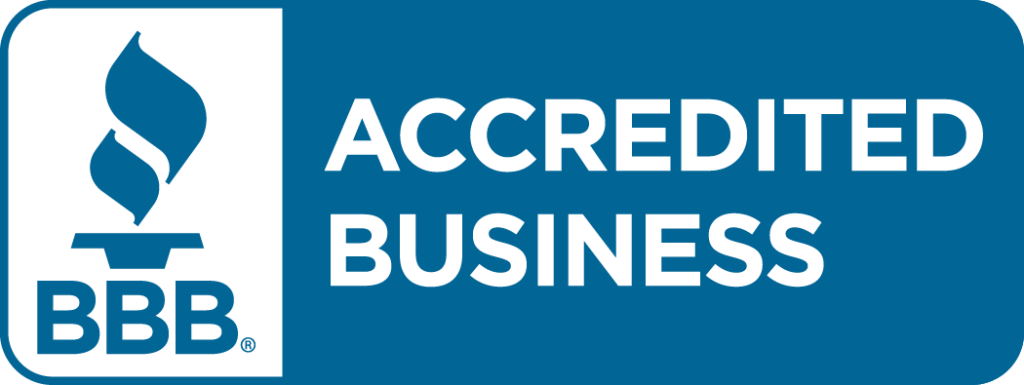Despite everything you have probably been taught, marketing is as much psychology as it is business. As a marketer, you have to find a way to influence the buying decisions of prospects and funnel them all the way through the sales lifecycle. But did you know you can apply certain psychological principles to improve landing page performance?
Let’s take a look at a few evergreen laws to remember when building landing pages.
[hr style=”3″ margin=”40px 0px 40px 0px”]
1. Get rid of the clutter.
There is such a thing as information overload. The term refers to the difficulty people can have making decisions when there is too much information.
The human mind has a limited capacity for dealing with stimuli, so an overload of images or colors can make decision makers less effective or even useless.
Another psychological problem facing consumers is overchoice. This is the act of people not making a decision when faced with an abundance of choices.
For example: Asking your significant other what they want for supper and give them more than one or two choices. Their answer is usually “I don’t care.” Because of the amount of options they become overwhelmed. It was easier for them to push the responsibility for making the decision back onto you.
These problems are consistently seen in landing page design. One of the best rules of thumb for creating an effective landing page is keep it simple. Your landing pages shouldn’t be written and designed for multiple actions or purposes.
A landing page needs to focus on a single purpose.
You need to make your landing page easily understandable and focus your audience on doing something. Don’t give them too many options or crowd the page with a lot of pictures or links. If your goal is to generate whitepaper downloads, talk about why your audience should read your whitepaper and then tell them to download it.
By keeping your landing pages simple and straightforward, you can improve your conversion rates.
[hr style=”3″ margin=”40px 0px 40px 0px”]
2. Create a clear call-to-action.
The opposite of the problem we just discussed is providing a landing page visitor with too little direction. You need them to take some kind of action (whether that be download, purchase, contact, etc.) and that means you need to tell them to take the action.
You need clear and concise calls-to-action that stand out amidst the clutter and direct your audience to do something. There is a wealth of literature about creating CTAs, but here are a few of the most important rules.
- Be specific. Tell your customers exactly what action you want them to take. If you want them to download, tell them to download.
- Make the CTA relatable to your customer. Instead of saying “Download Your Whitepaper” say “Deliver My Whitepaper.” Keep it in the first person.
- Match your CTA with content. A call-to-action about purchasing maintenance products is more likely to convert prospects who have are reading content about equipment maintenance.
- Make your button different. You want people to notice on your CTA. Creating a button with different coloring, design, or copy is more likely to convert.
- Always test! If at all possible, test variations in your calls to action. You never know how slight changes in copy or design could help your conversion rates.
Keeping your calls-to-action simple, straightforward, and actionable will improve conversion rates.
[hr style=”3″ margin=”40px 0px 40px 0px”]
3. Think like the customer.
[testimonial author=”David Ogilvy”]The Consumer isn’t a moron; she is your wife.[/testimonial]
While the terminology may be out of date, the ideology is sound. People buy from other people; therefore, you should write like a human to humans.
It’s easy to write like a robot and create some detached sales pitch. It’s really easy actually. I’ve done it, and usually it ends with my boss asking me if I would ever say that to another human. The answer is always no.
A successful landing page doesn’t need to be a very sales-like speech. The challenge is to find a way to captivate and convert while talking about your product. Ultimately, this means highlighting how your product can improve your customer’s life and talking with them (not at them).
Keep in mind who your audience is, why they want your product, and what they will listen to.
Finding a way to make landing pages perfect has often perplexed many professional marketers. While it may well be impossible to convert at 100%, using certain psychology principles can help. By employing these three laws of landing page design, you will quickly see a difference in your conversion rates.
[hs_action id=”6635″]



